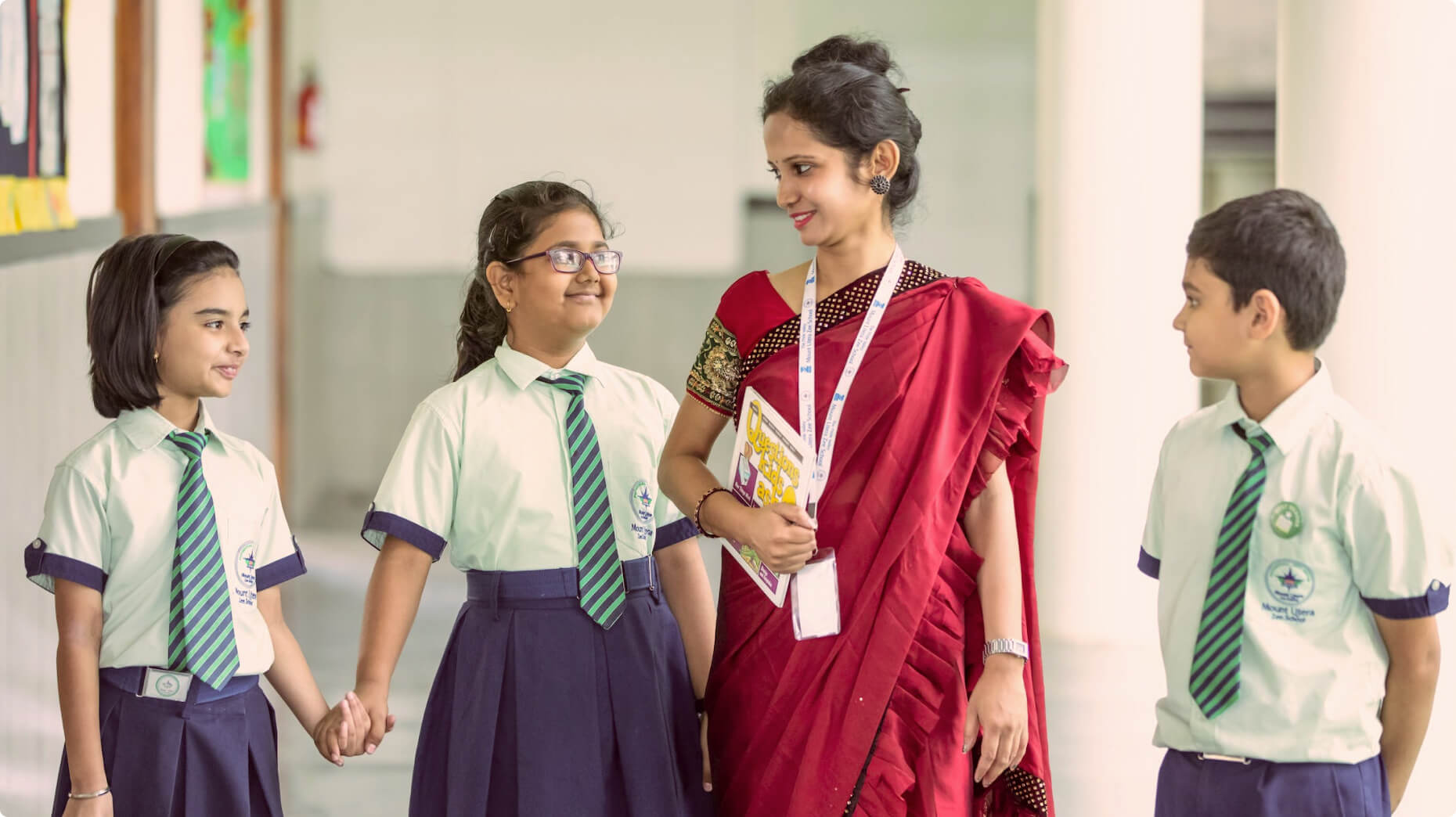Stories, thoughts and ideas

On challenges facing the schools
By Vijay Gupta
21 July, 2023
Shikshangan is focused on helping schools remain relevant, and continuously raise their effectiveness (that is, better learning for every child). Therefore, from time to time, I like to ask myself this question – what are the challenges schools are facing, or likely to face, in remaining relevant, and prosper?
My current list of challenges are as follows – one, increasing competition from other schools as the number of school-going age population has started declining; two, coaching classes taking away students from Std. 11-12 and later from Std. 9-10; three, the challenge of what should be the syllabus one should teach in the rapidly changing work-life.
One of the responses, I believe, to these challenges should be to focus on making sure that every student becomes a “self-directed learner” by the time she reaches secondary stage. This idea is also expressed as “learning to learn, or learning how to learn”. Such self-directed learners do not need the excessive support of coaching classes, and will prosper in rapidly changing work-space where one needs to constantly upgrade one’s knowledge and skills. Since the process of helping students become a self-directed learner is not easy to copy, or implement, it also creates a sustainable competitive differentiator from other schools.
Of course, to prepare students for entrance tests like JEE/NEET, we need to reorganize the syllabus of Std 9-12 in such a way that it leaves enough time for students to practice, as well as go deeper into the concepts. At Shikshangan, we have done a lot of work on helping every child become a self-directed learner. My next blog will share my thoughts on how to do it.





